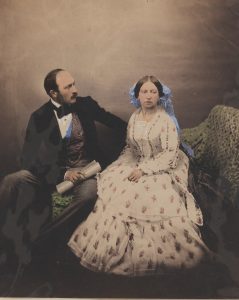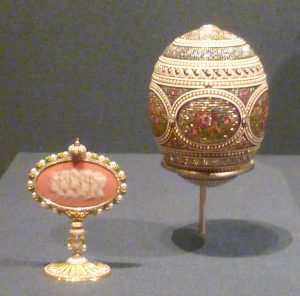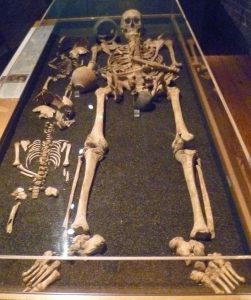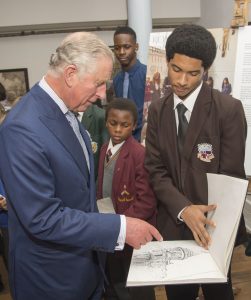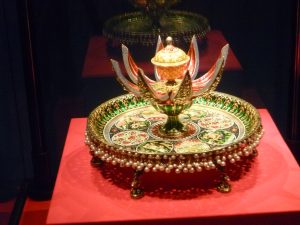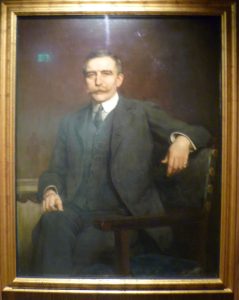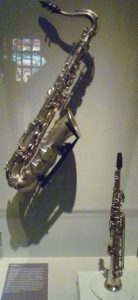John Ruskin (1819-1900), an art critic and a man who held strong views on what values a society should hold, was one of the most influential men of his generation. For example, when Lucy Honeychurch, heroine of E. M. Forster’s A Room with a View (1908) visits the church of Santa Croce in Florence, she’s desperate to know which tombstone was praised by Ruskin. This is her first trip abroad and she’s unsure of her own taste; she needs the reassurance that she’s admiring the right one.
However, I think it’s fair to say that Ruskin is not always an easy person to appreciate in the 21st century. Nowadays, we like to view ourselves as liberal-minded and tolerant, particularly in sexual matters. An intellectually very gifted only child, Ruskin was brought up on strict Puritanical principles and cossetted by both parents. His mother had high moral standards and was a very controlling parent. It is not surprising that Ruskin turned out to be obsessive, sexually inhibited and highly-strung.

Watercolour sketch of a coastal scene with fortress by John Ruskin, 1841
Continue reading John Ruskin: the Power of Seeing
Please share this page...
